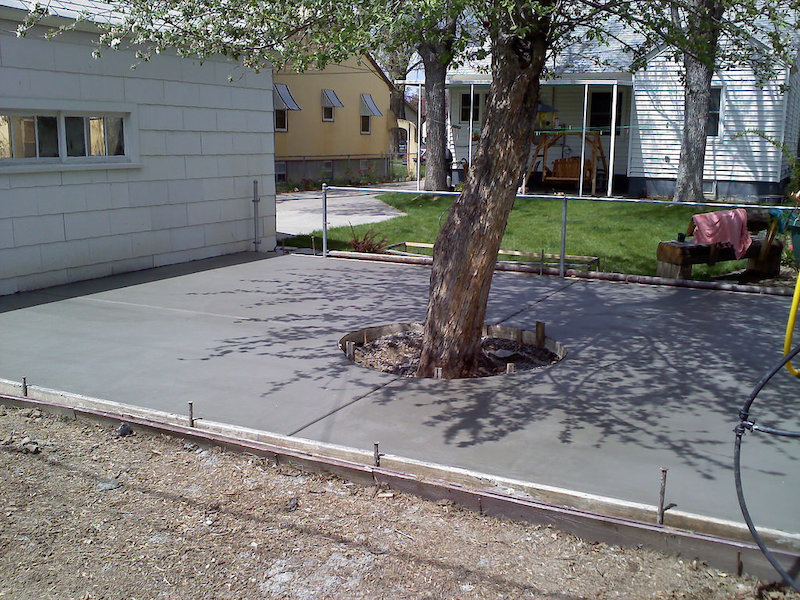Many folks in Phoenix choose to xeriscape their lawns not only to reduce maintenance while maintaining aesthetics, but also to help conserve water and help the environment.
Concrete is a common element of xeriscaping, but have you heard of green concrete? In order to make their hardscapes even more environmentally friendly, Phoenix residents are embracing green concrete.
Here’s a quick guide on green concrete and how it can play a part in your Phoenix home.
Byproduct Composition
Green concrete is much more than your ordinary building material; comprised of a mixture of fly ash, an industrial waste, and inorganic polymers. Fly ash is a byproduct of coal combustion found in coal-powered industrial plants. The overabundance of this product allows for the production of green concrete while keeping ash out of landfills. Fly ash also doesn’t require additional energy during production, as it is a byproduct of the industrial industry, further benefiting the environment.
Longer Lasting Benefits
The inorganic polymer in green concrete is graphene: a composite that scientists have stated is ten times stronger than steel but lighter than plastic. The strength of this new concrete substance is not only good for production but also those within a green concrete building. This unique blend of materials is more resistant to water and heat, making it a long-lasting construction material especially beneficial for building on floodplains. Engineers are considering using this material more in earthquake-prone areas as well because graphene is more flexible than its counterparts. This fact in itself infers that green concrete benefits the environment by extending a structure’s lifespan.
Fewer Carbon Dioxide Emissions
Typical concrete making processes include the heating of elements to a high temperature emitting carbon dioxide into the atmosphere. Green concrete eliminates the need for these ultra heated elements, reducing CO₂ emissions. The use of fly ash in green concrete can reduce carbon dioxide emissions as much as 13%-15% in comparison to conventional concrete manufacturing processes.
New Applications
A better conductor of electricity than traditional concrete, green concrete is sparking new ideas and interest from around the globe. Some have speculated that green concrete could be beneficial on roadways, since it can be electrified to melt snow and ice, further reducing the use of snow plows and chemicals added to the roads. Others have proposed the idea that green concrete walls and floors of a building could double as potential energy storage for solar systems.
High Expense
Although the concept of green concrete is groundbreaking, the cost of making the material is too high for most construction companies. Currently, it is only in concept use as it would be too expensive to use in everyday applications. While fly ash is in abundance, graphene is the component that adds to the overall expense. Scientists hope to see more studies to truly test the longevity of the product as well as if graphene has any critical health risks or potential environmental risks.
Keep in mind, choosing an environmentally friendly concrete isn’t the only way to keep your home green here in Phoenix. When landscaping the backyard, you many want to include environmentally friendly grasses that thrive in the Arizona desert environment and don’t require much watering. You’ll also want to take a close look at the lawn care chemicals you plan to use.
The overall idea of green concrete is fascinating. The strength, reliability, and resistance to water and movement damage make green concrete a potential game changer. The product itself, highly available fly ash mixed with graphene, makes green concrete a substance that could become readily available if we could reduce the cost of creating graphene. Doing so would not only lower carbon dioxide emissions but would also help builders construct buildings that last longer. The added benefit of conducting electricity better than standard concrete structures brings about the potential for many technological advances as well. While green concrete may not be readily available for your next construction project, it could very well be the concrete of the future.

